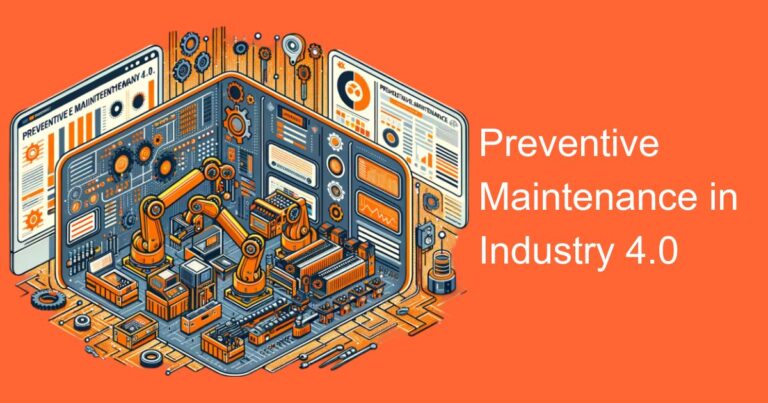Maintaining equipment and machinery is a critical aspect of any industrial operation. Regular maintenance ensures that machines operate at optimal levels, reducing the likelihood of downtime and breakdowns. However, maintenance can be time-consuming and costly, especially when it is carried out manually. This is where data analysis comes in. By leveraging data analytics tools, companies can improve maintenance efficiency, reduce costs, and improve the overall performance of their machinery. In this article, we explore some strategies that companies can use to improve maintenance efficiency through data analysis.
- Implement a predictive maintenance program
One of the most effective ways to improve maintenance efficiency is by implementing a predictive maintenance program. Predictive maintenance uses data analytics tools to monitor equipment performance and detect early warning signs of potential breakdowns. By analyzing data from sensors and other monitoring devices, companies can identify patterns and trends that indicate when maintenance is needed. This allows maintenance teams to proactively schedule repairs and replacements before a breakdown occurs, reducing downtime and costs associated with unscheduled maintenance.
- Use machine learning algorithms
Machine learning algorithms can be used to analyze large amounts of data from equipment sensors and other monitoring devices. These algorithms can identify patterns and anomalies that indicate potential issues with machinery. For example, machine learning can detect changes in vibration or temperature levels that may indicate a malfunctioning part. By using machine learning algorithms, companies can identify potential issues early on, reducing the likelihood of breakdowns and the associated costs.
- Utilize real-time monitoring
Real-time monitoring is an essential tool for maintenance efficiency. By using sensors and other monitoring devices, companies can track equipment performance in real-time. This allows maintenance teams to identify and respond to issues quickly, reducing the likelihood of downtime and unscheduled maintenance. Real-time monitoring can also provide valuable insights into equipment performance over time, helping companies to identify areas for improvement and optimize maintenance schedules.
- Embrace the Internet of Things (IoT)
The Internet of Things (IoT) is a network of connected devices that can exchange data and communicate with each other. By leveraging IoT devices, companies can collect and analyze data from various sources, including equipment sensors, maintenance logs, and inventory management systems. This data can provide valuable insights into equipment performance and maintenance needs, allowing companies to optimize their maintenance schedules and reduce costs associated with unscheduled maintenance.
- Use data visualization tools
Data visualization tools can be used to present complex data in an easily understandable format. By using graphs, charts, and other visual aids, companies can quickly identify trends and patterns that may indicate potential issues with machinery. Data visualization tools can also provide valuable insights into equipment performance over time, helping companies to optimize their maintenance schedules and reduce costs associated with unscheduled maintenance.
In conclusion, data analysis is a powerful tool for improving maintenance efficiency. By implementing a predictive maintenance program, using machine learning algorithms, utilizing real-time monitoring, embracing the Internet of Things, and using data visualization tools, companies can reduce costs associated with unscheduled maintenance and improve the overall performance of their machinery. With the right data analytics tools and strategies in place, companies can maximize the efficiency of their maintenance programs and achieve long-term success.








